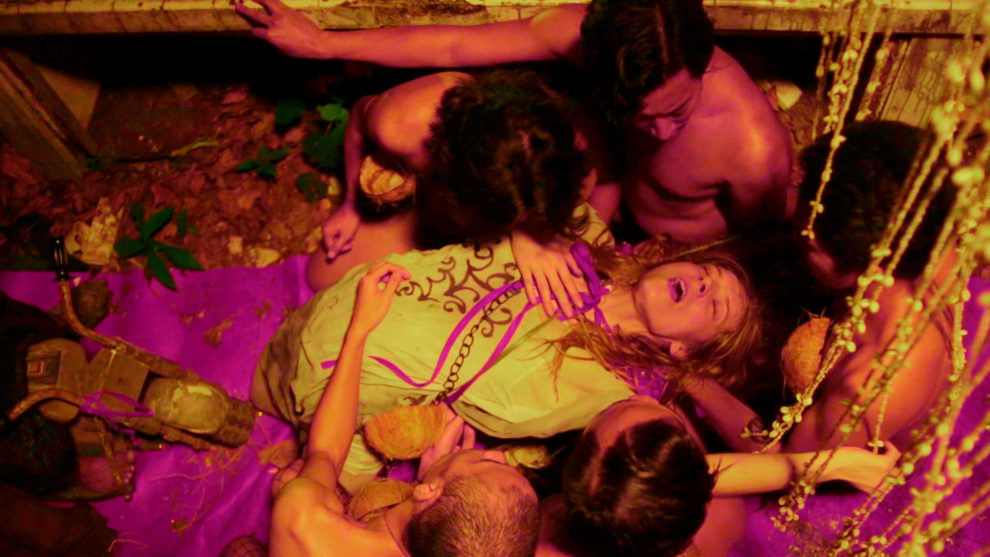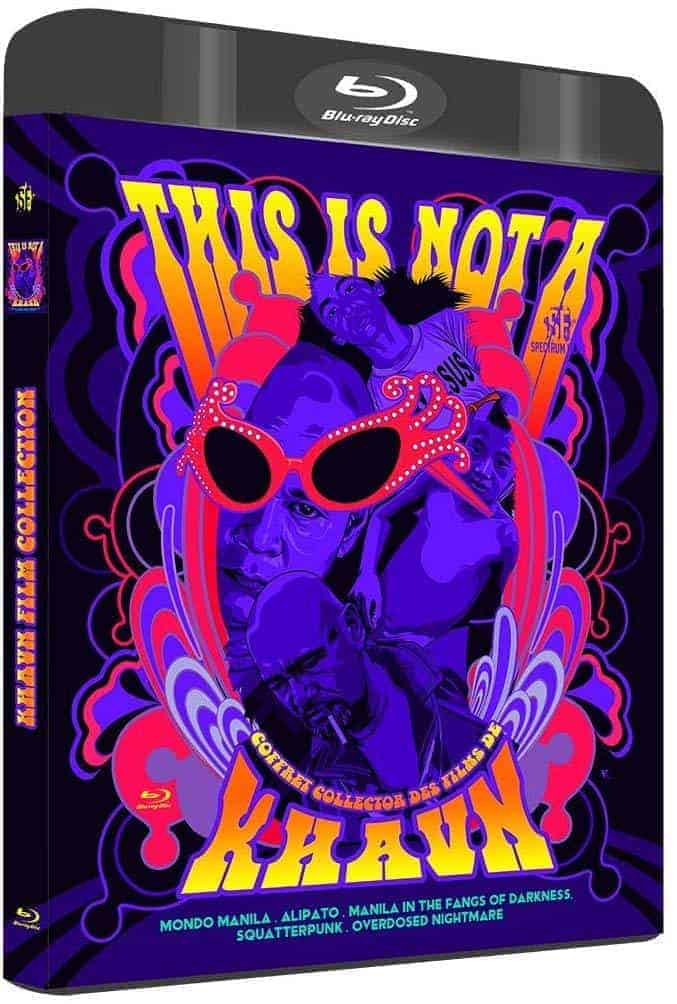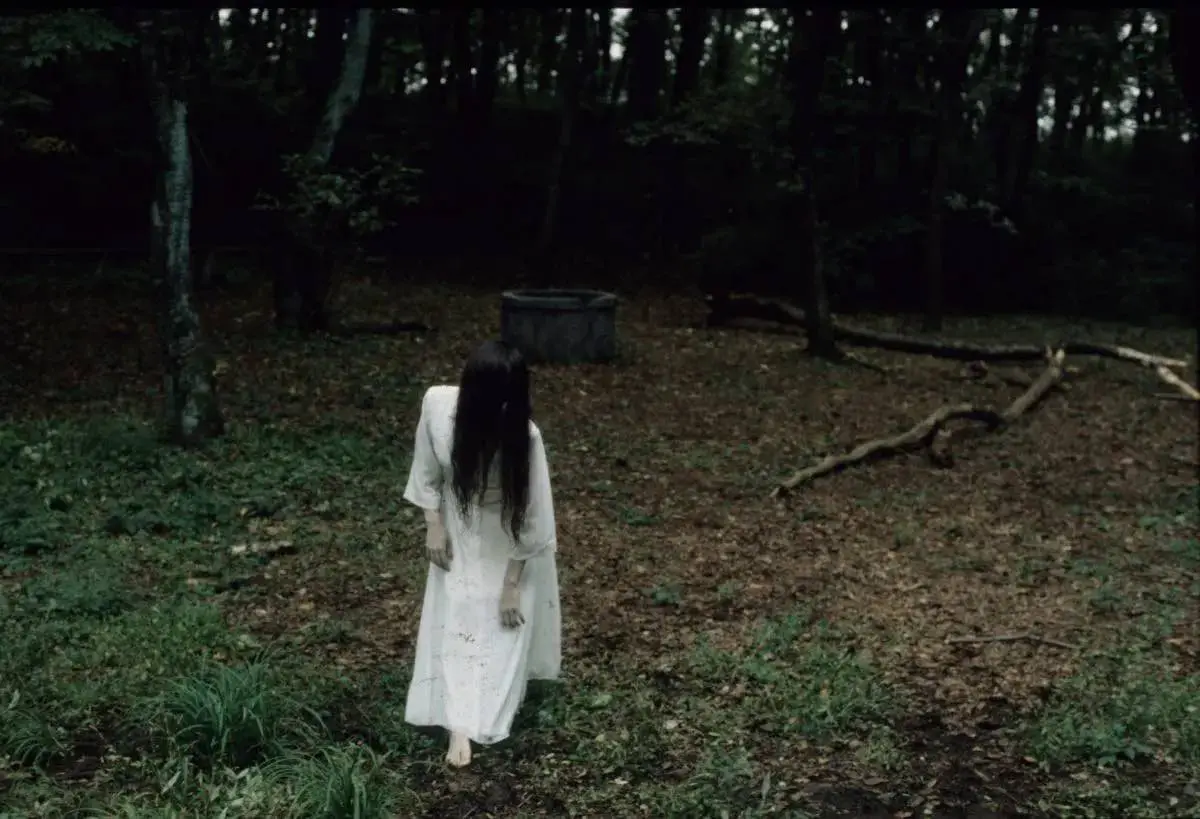Khavn De La CRUZ (1973, Philippines), is a prolific Filipino filmmaker, writer, pianist, songwriter and composer. Since 1994 he has directed over 300 films including Squatterpunk (2006), Manila in the Fangs of Darkness (2008) and has collaborated with Alexander Kluge on films such as Orphea (2020) and Happy Lamento (2018), making him one of the most productive filmmakers in the Philippines and beyond. From 2002 to 2011, he was the festival director and programmer for MOV International Film, Music and Literature Festival. He has been a jury member at multiple festivals including the Berlinale and Leipzig Film Festival.
He has exhibited at the MoMA, MAXXI, Guggenheim Museum, Tate Modern, Museo Reina Sofia, National Museum of Singapore, and Venice Architecture Biennale; lectured at the Berlinale Talent Campus, Bela Tarr's Film Factory, Goethe Institute, the Danish Film Institute, and his alma mater, the Ateneo; and curated programmes for the Viennale, the Edinburgh International Film Festival and the Sharjah Biennial. Selected retrospectives of his films have been presented around the world, including at IFFR. Cruz resides in Mondomanila with his wife, his five kids and four cats.
The list includes all of his movies we have covered so far, plus a series of interviews with various of his collaborators, we believe shed as much light as possible to Khavn as both an artist and an individual, although the two capacities are forever entangled. Having reviewed just 46 of the 183 films he has shot throughout his career, this tribute is far from finished, but we will continue to pursue it. You can check the full reviews by clicking on the titles.
1. Five Shorts (1996)

Actually shot with inside various rooms of his own house, the short features just monologues and narration but not any kind of dialogue. There is an energy in the roughness exhibited here, while some of the elements that later characterized Khavn's oeuvre are also present, like the handwritten on-screen text and the “blasphemous” sense of humor, but the whole endeavour is obviously amateurish and extremely no-budget, resulting in a film that mostly addresses hard-core fans of the Filipino director.
2. Greaseman (2001, short)

Also of importance is the casting, with Khavn having Lou Veloso, an actor, comedian, theater actor, musical theater director, movie director and politician who was actually councilor of the 6th district of Manila at the time, play the Greaseman, and Eric Quizon, another famous Filipino actor, play the Yuppie, with their antithetical chemistry, both in the style of acting and overall appearance, working quite well for the narrative.
3. Greaseman (2001)

Khavn presents another experimental-style film, an approach that derives not just from the music-video aesthetics and the lack of dialogue, but also for a number of other reasons. First of all, from Khavn's cinematography, who shot the film with a Canon XL1 camera, inducing the image with a purposefully amateurish quality, as if an “ordinary” person is just following the two protagonists with a camera. The second is the soundtrack, which was written by Khavn and performed by him (piano and vox), Raimund Marasigan (drums and percussion) and Derek Lleto (5-string bass), Rastem Eugenio (tenor saxophone), David Endriga (electric guitar) and Diwa De Leon (hegalong and violin). The improvised instrumental soundtrack was recorded live (no second takes, no overdubs) while watching the silent film. The vocals were added after this, recorded in the same way: improvised and live, in Filipino then in in English, with the lyrics actually saying different things in each language.
4. The Twelve (2001)

The film is made up of 12 ‘shorts' where the camera follows characters: the passenger, the pop star, the coward, the gardener, the video clerk, the warrior, the addict, the teacher, the beautician, the handsome, the fugitive, the hermit. Each of these shorts not only explores different characters, but they mostly explore different camera angles, colors, editing, lenses, etc. (Oriana Virone)
5. 3 Days of Darkness Zero (2005)
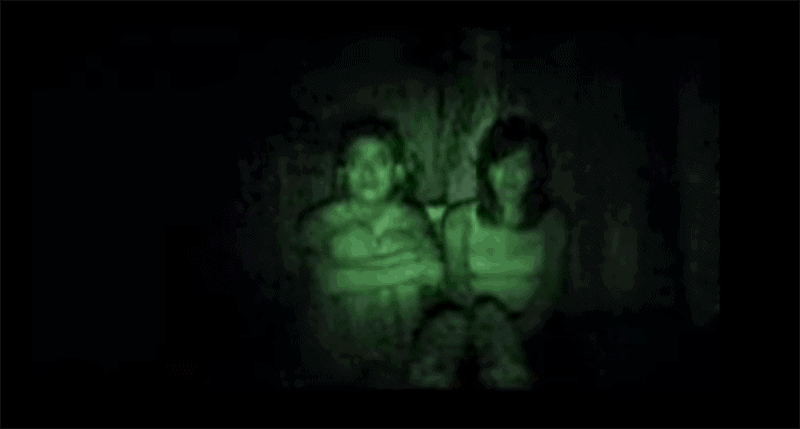
Khavn draws on the Book of Revelation for one of the most frightening phenomenon prophesied to happen. Three girls are trapped in their home as the Three Days of Darkness descend on the Earth and they must cope and try to fend off the demons that have come to take them. A chilling vision of God's Wrath or of people imposing God's Wrath on one another, the film frightens with its questions as much as it does with its visuals. (Don Anelli)
6. Ultimo: Different Ways Of Killing A National Hero (2006)
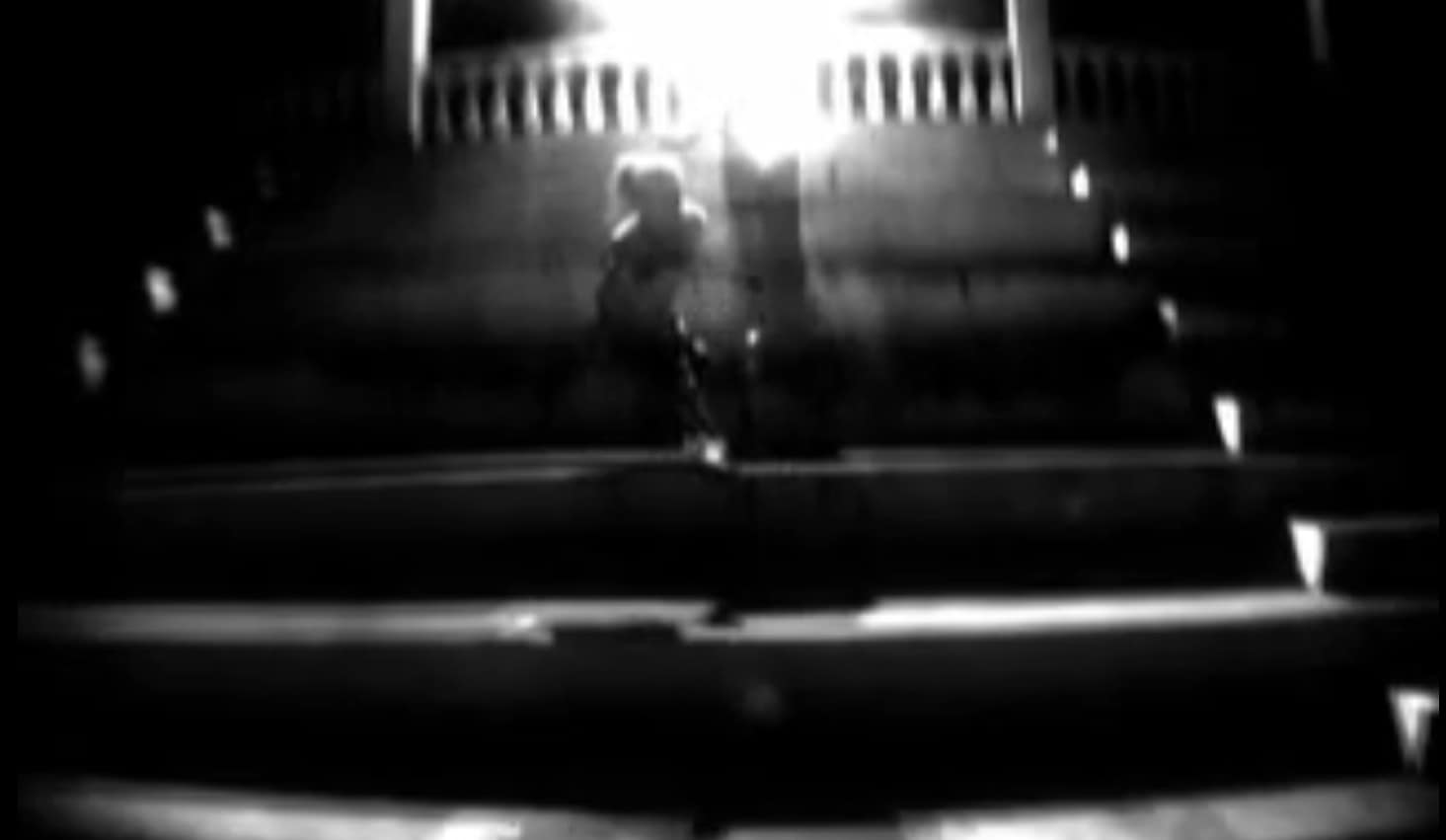
Khavn directs another experimental film, which functions as both a tribute to Philippine National Hero Jose Rizal through the poem he wrote before his execution in 1896 titled “Mi Ultimo Adios”, and a kind of a tour guide to Las Palmas. In that fashion, the narrative follows a path that includes black-and white shots from various locations of the island, frequently featuring dancing sequences, which are interrupted by black screens with lyrics from Rizal's poem, in a style similar to that of silent movies. There is no dialogue, but the flamenco sounds from Junji Lerma's banduria fill the narrative, inducing it with a distinct sense of melancholia, courtesy of composers Khavn and Lerma.
7. Vampire of Quezon City (2006)

On the whole, “Vampire of Quezon City” is a pretty challenging watch. As is to be expected in a Khavn film, there's a jarring and discordant visual aesthetic that needs to be taken into account. The black-and-white cinematography and gritty series of locations present, ranging from filth-covered apartments to blood-splattered sacrificial spaces and dark, dank basements, create a sense of otherworldliness that becomes almost hypnotic at times. In conjunction with the ornate Gothic-styled Hammond organ scoring these sections of the film, a sense of the macabre is added to the torturing that's unique and unexpected. It all adds together to form the avant-garde, experimental nature of the film. (Don Anelli)
Buy This Title
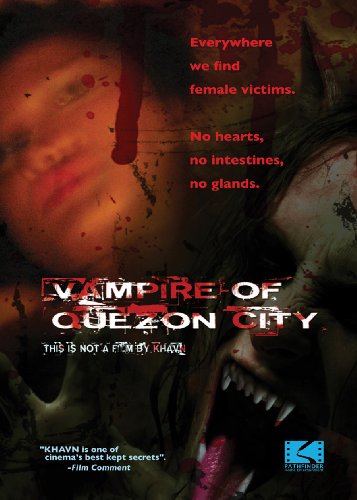
8. Bahag Kings (2006)

At the same time however, through this extreme concept, Khavn makes a number of sociophilosophical comments, mostly revolving around colonialism. In that regard, he ponders on the reasons that led the traditional Filipino attire to be considered offensive, and thus, the ways colonialism and Christianity altered the way of thinking of a whole society, to the point that anything originally ethnic now seems completely foreign. That the group is only arrested when they reach the establishment of a family that seems to be the personification of colonialism and Christianity can only be considered as a very meaningful but also quite ironic coincidence.
Watch This Title
9. Squatterpunk (2007) Khavn
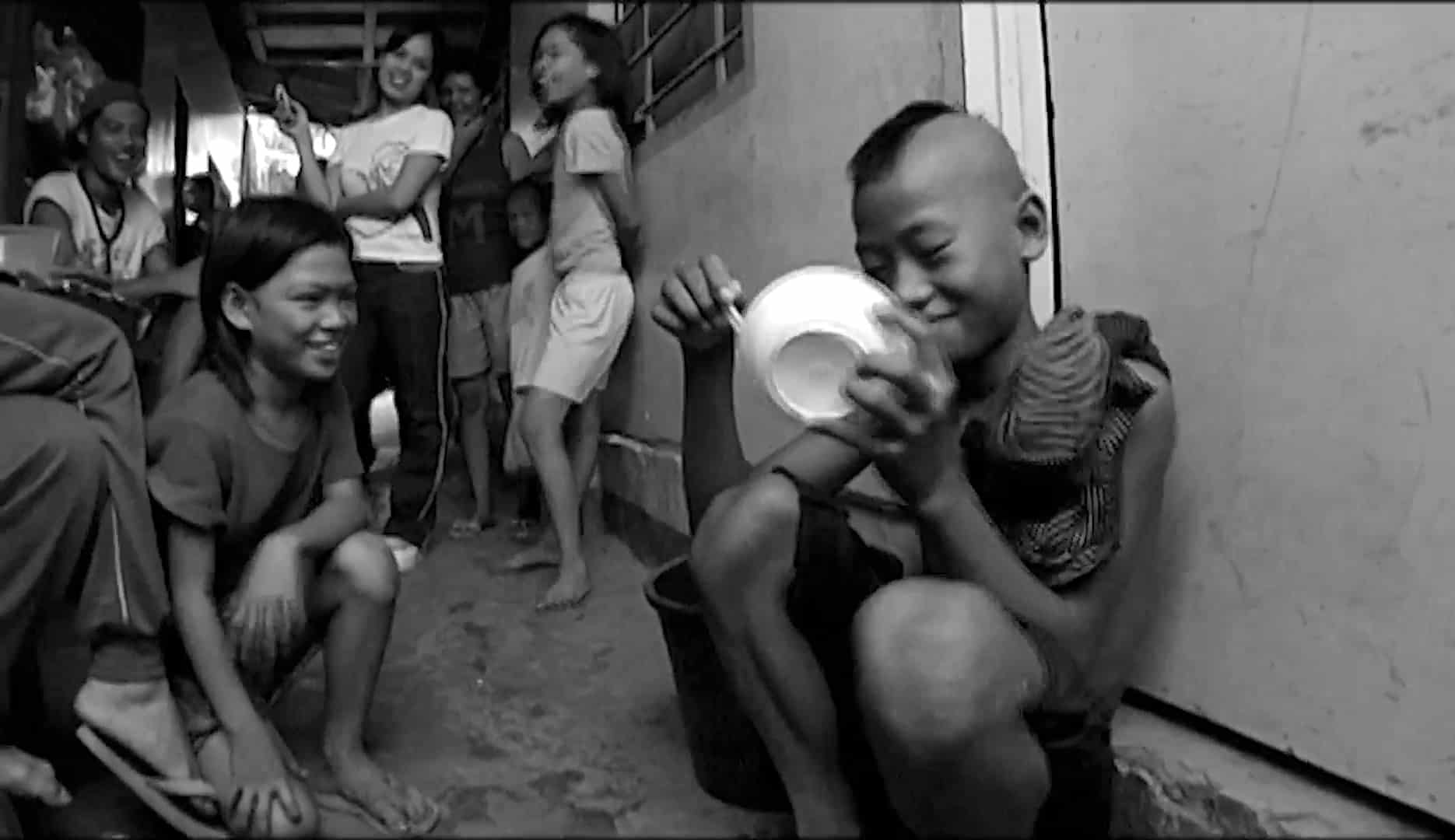
The raw pulse of the kids that live in these spontaneous housing estates is a perfect foil for Khavn's other passion, punk rock. Improvised crazy punk is weaved alongside the adventures of the children, old ladies and world-weary mothers. Khavn's band, The Brockas, blast away with their lo-fi nasty, crazy, wild, melodic, cacophonous soundtrack. “Squatterpunk” is about lives in the slum, with pulverising punk, the soundtrack to the endeavours of the survival artists! Energy is eternal delight! The kids are full of energy, the music is full of energy, this is the raw potential of possibilities within challenging human situations, which is the point Khavn is sublimating. Look at these human beings creating their own moment and they have nothing! The future is an abstraction, yesterday is already forgotten, and one mighty step after another is the thrilling moment of the now. Such beautiful potential is unseen by the distant towers of Capital, as the never-ending trash, the detritus of consumerism, washes upon the shoreline. (Jonathan Wilson)
Buy This Title
10. Dead Woman in My House (2007)
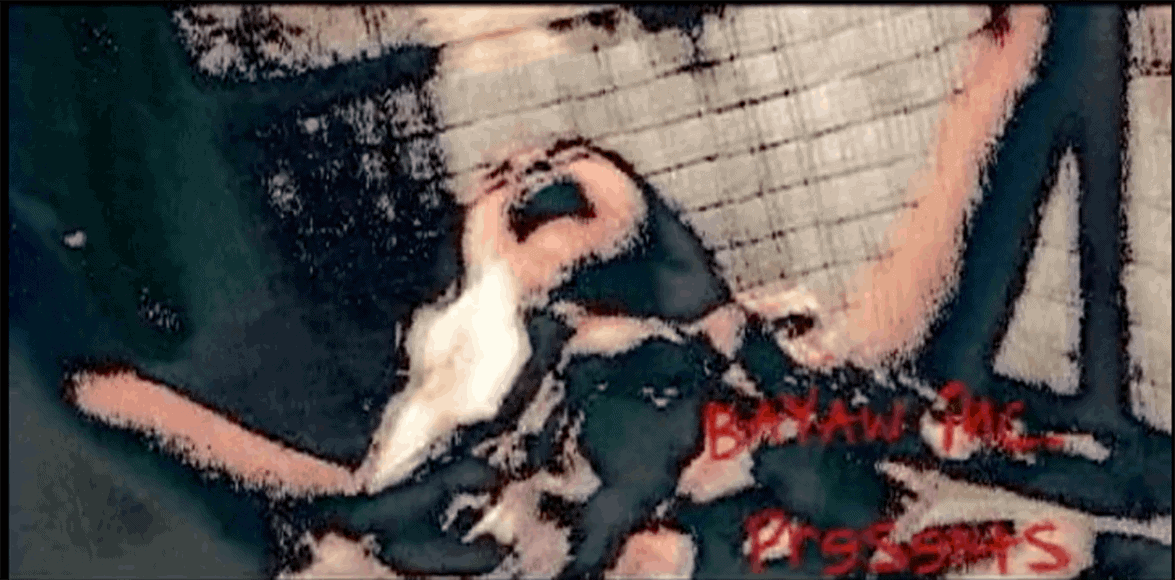
“Dead Woman in My House” recalls a Wild West ballad, in which brutal events are told with undercooled chant. The song reminds of “Buenas tardes amigos” by Ween. Here, too, the main character in the song turns out to be less innocent than he wanted to make believe in the first place. (Teresa Vena)


